The Menorah as the Symbol of the Israelite’s
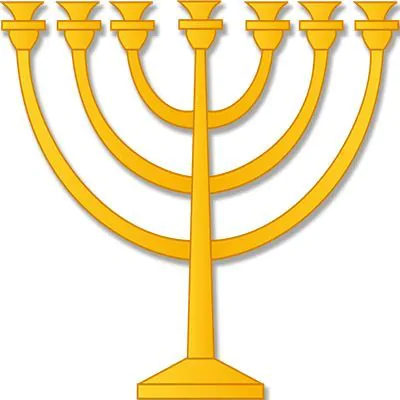
by Jack Trimble
When thinking of the Jewish people as a whole, the first symbol to come to mind is the notable Star of David. The symbol is even on the flag of modern day Israel. However, there is another symbol of an actual object that is far more ancient that has been used to represent the people of Israel for millennia.
The menorah, or gold lampstand, shows up on many artifacts from necklaces, seals, to even walls of ancient places of worship. This lampstand, as first described in the book of Exodus by God himself, is useful for understanding some of the most important aspects of ancient life in Bible times: their law and identity.
In the book of Exodus, God meets with the people of Israel right after they left Egypt and crossed the Red Sea on their way to Mount Sinai. God calls Moses up the mountain to give tell him the specific blue prints for the place where God will dwell with his people. This place would be called the tabernacle. The tabernacle was constructed by the Israelites to the exact dimensions and with the exact resources that God had laid out to Moses. This would also be the place where the Levites would make sacrifices on behalf of the people of Israel. God would dwell there in the form of a cloud and when the cloud left, the Israelites would pack the Tabernacle up and move.
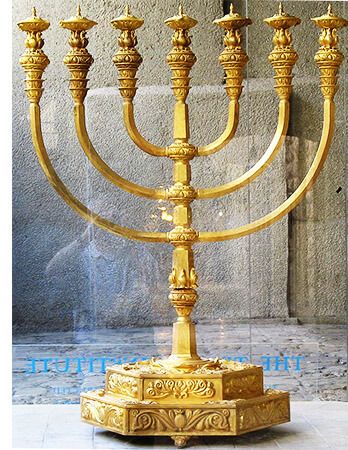
In Exodus chapter 37, the text says that the way God said it should be made is exactly how it was made. This was the lampstand that was to be in the Tabernacle. When Solomon built the permanent temple, God instructed in 1 Kings 7:49, that there would be 10 different lampstands that would illuminate the inside of the first temple. In 586, the Babylonian empire besieged Jerusalem after the Assyrian empire had tried to years before. During this exile the first temple with the 10 lampstands was destroyed. The prophet Jeremiah prophesied that the nation would be in exile for around 70 years. When that time came, Persia overtook the Babylonian empire and the emperor Cyrus let the Jewish people return to Jerusalem. Not many returned, only around 50,000 with the leadership of Zerubbabel. Once there, the Lord brought up the Prophet Zechariah to encourage the building of the second temple, and giving him a vision of the new lampstand that would inhabit it (Jamieson).
In Zechariah 4:2, the prophet records after being awakened by an angel of the Lord, “And he said to me, “What do you see?” I said, “I see, and behold, a lampstand all of gold, with a bowl on the top of it, and seven lamps on it, with seven lips on each of the lamps that are on the top of it (ESV).”” God did not leave his people without his law and a way to make sacrifices, rather, he used Zechariah to encourage the nation to finish the building of the temple. Included in this is the reconstruction of the menorah that would be in the temple until its destruction by the Romans in 70AD. When describing the lampstand in Zechariah 4, the angel says that there are to be two olive trees on each side of the menorah, with two gold pipes leading to a bowl that sits on top of the lampstand (Ḥa̱klîlî).
The Lampstand in the Tabernacle and the 10 in the first temple had to be filled manually by the Levites who were allowed to enter the temple. Many believe that this new lampstand described in Zechariah would not have to be filled by men but through the trees and the bowl and pipes that keep the flow of olive oil. This menorah was built, and now during the second temple period the artifacts and inscriptions from the Jews begin to spring up in modern day. These artifacts point to the significance that the Jews had put on the meaning of the menorah and its universal image of the Jewish people.
The menorah means many different things to the Jewish people that can be drawn from scripture itself and Jewish tradition. At the end of Zechariah 4, the 7 lamps on the menorah are like the 7 eyes of God which range throughout the whole earth (Walyoord). This refers to nothing being unseen by the Lord, a crucial reminder after the exile of the Israelite people. This lampstand also represents Israel as being a light to the nations during the time of Zechariah being a prophet, but also during the Millennial Kingdom to come in the eschaton. Everything God instructed to be built and put in either the Tabernacle, first temple, or second temple had purpose and meaning. Nothing God explicitly does in scripture is without meaning. Therefore, the significance of the seven lamps making up the menorah must not be overlooked. There are seven lamps and the whole lampstand is made of one piece of gold. Seven is God’s number of completion, the menorah was a representation of God dwelling with his people and being in the midst of them.
While these are Biblical meanings for the Menorah, there are also meanings that are derived from Jewish tradition, some of which are still believed today by Jews. The menorah resembles a tree. In ancient Mesopotamian artifacts dating back to the time of Abraham, there are depictions of trees that closely resemble the menorah. In Jewish tradition, the menorah is a reminiscent of the tree of life from Genesis. Modern day Jews have a different menorah with eight branches and nine total lamps. No one is completely sure when the switch from 7 to 9 lamps happened, but some believe it was because the Romans banned images from the temple after its destruction in 70AD (Ḥa̱klîlî). The 9 lamps represent the 8 days of Hanukkah and the middle lamp is either above or below the rest of the lamps and commemorates the completion of the celebration of the dedication of the second temple.
During the conquest of Alexander the Great, the Greeks were sweeping the entire world in conquest and spreading their Hellenistic culture. Under Alexander himself, the Jews had little to no suffering. After Alexander the Great’s death, his dynasty was split into 4 different dynasties, with the people of Israel being under the Seleucids. The Seleucids brought idolatrous worship and eventually did not allow the Jews to worship at all. During this time, the Seleucids stole the menorah and it was never returned (Efron).
In the second century BC, Mattathias overthrew the Seleucid reign over Israel to bring about the Hasmonean period during the intertestamental period of the Bible (Efron). Also during this time, there was an urgency for law keeping and doing what is right before the Lord, lest the people be sent back into exile. It is during this time that artifacts of the menorah being inscribed are found. This could be due to the renewed sense of independence during the Hasmonean dynasty, or a renewed sense of wanting to remain the Jewish people, and not intermarry like the ancestors before them. Whether these are the reasons or not, the menorah begins to be seen as the symbol of the Jewish people. The menorah shows up on coins, reliefs, pottery lamps, and seals.
The oldest possible inscription was found by Dr. Kim in Saudi Arabia near where the Israelites would have been wondering around before entering Canaan. However, scholars are unable to determine its actual age. This inscription is believed to be dated up to 1400 BC. This find is rare, as stated before there is a great number of menorah inscriptions on artifacts from the second century BC until today.
With the purification of the temple after the success of the Maccabean Revolt, the priests were once again faced with the task with creating another Lampstand in accordance to what God laid forth in Exodus 25. We see that 1,000 years after God gave the specific requirements for the menorah, the priests were still concerned with pleasing God and his requirements for his place of dwelling amongst the people. Gold was scarce, so the newest lampstand had to be made from iron. This was replaced with a silver one and eventually a fully gold and one-piece menorah like the ones before it was made to be in the temple (Efron).
When understanding the Jewish people during the Bible times, one must be pointed to the importance of identity. In Deuteronomy 7:6 it says, “For you are a holy people to the LORD your God; the LORD your God has chosen you to be a people for His own possession out of all the peoples who are on the face of the earth (ESV).” For the gentiles and Jews alike that belong to the church, our universal symbol from the start has been the cross. The Star of David is a relatively new symbol compared to the 3500-year-old menorah (Levine). The menorah has been the symbol of the Jews that are faithful to following the law and keeping God’s commandments.
The menorah serves as a symbol of God dwelling with his chosen people. There were many items in the Tabernacle and temples of the Jews, but they chose to use the menorah as their symbol and this must not be overlooked.
Some of the earliest menorah’s found in the 1 st century BC are on coins. The Jewish people already put their highly meaningful symbol on an everyday important part of life that is a necessity. A menorah inscription was found in the house of a wealthy Jewish family in the upper Jerusalem during the Herodian era dating back to the same time as the coins. Also around the same date, bronze rings have been found with the inscription of a menorah on it. A Tefillin, which is an inscription of scripture that is to be worn on the head was found with a menorah on it. Different architecture features have been found with the menorah inscribed on it. Lamps have been found with the menorah inscription on it. All of these items are to remind the people of their identity, which is tied to God’s law and how they were supposed to live.
In 82AD, the arch of Titus was built in Rome with an image of the Romans destroying Jerusalem. There is a clear carving in the arch of the Romans carrying off the last known menorah in a place where God dwelt (Smallwood). With the intention of reminding Israel of their identity of being God’s people and under his law, it is fitting that the last menorah was carried off after the time of Christ. The menorah remains today as a symbol of the religious portion of the orthodox Jews that still live and follow the commandments of the Old Testament.
displayed in the Beit Hatfutsot: Museum of the Jewish People in Tel Aviv.
The menorah from the beginning has been a powerful symbol of light (Walyoord). Light in the Bible is often referred to as whatever is good, holy, and comes from the Lord. In Isaiah 42:6, God reminds the people that they are chosen and are to be a light to all the nations. Even when God promised Abraham at the start of the Israelite people that he will bless him and all the families of the world will be blessed by Israel’s light. The menorah is a symbol of good and a standard of holiness to the Jewish people, that they are to be a blessing to all of the world. The menorah has a long history of being destroyed and recreated to the exact specificities of God and serving as a light in the place where God dwelt. While God did not need a light, the priests did and this was only to show them that God is their true light, this is why the menorah served as the image and symbol of the Jewish people for millennia.
Bibliography
Bennema, Cornelis. "The strands of wisdom tradition in intertestamental Judaism: origins,
developments and characteristics." Tyndale Bulletin 52.1 (2001): 61-82.
Efron, Joshua. Studies on the Hasmonean Period. Vol. 39. Brill, 1987.
Fine, Steven, and Leonard Victor Rutgers. “New Light on Judaism in Asia Minor During Late Antiquity: Two Recently Identified Inscribed Menorahs.” Jewish Studies Quarterly 3.1 (1996): 1-23.
Ḥa̱klîlî, Rāḥēl. The menorah, the ancient seven-armed candelabrum: origin, form, and significance. Vol. 68. Brill, 2001.
Jamieson, Robert, A. R. Fausset, and David Brown. Commentary Critical and Explanatory on the Whole Bible. Oak Harbor, WA: Logos Research Systems, Inc., 1997. Print.
Levine, Baruch A. “The descriptive tabernacle texts of the Pentateuch.” Journal of the American oriental society 85.3 (1965): 307-318.
Levine, I. L. “The history and significance of the menorah in antiquity.” (2000).
Smallwood, E. Mary. The Jews under Roman rule: from Pompey to Diocletian: a study in political relations. Brill, 2001.
Strand, Kenneth A. “The Two Olive Trees of Zechariah 4 and Revelation 11.” Andrews University Seminary Studies (AUSS)20.3 (1982): 5.
Walvoord, John F., and Roy B. Zuck, Dallas Theological Seminary. The Bible Knowledge
Commentary: An Exposition of the Scriptures. Wheaton, IL: Victor Books, 1985.

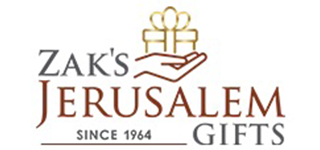
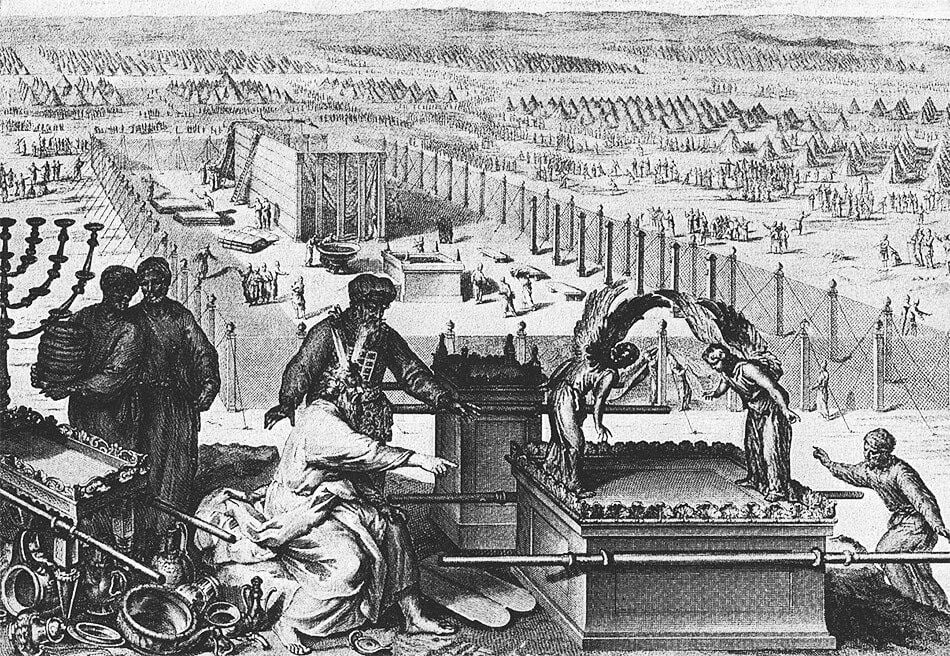
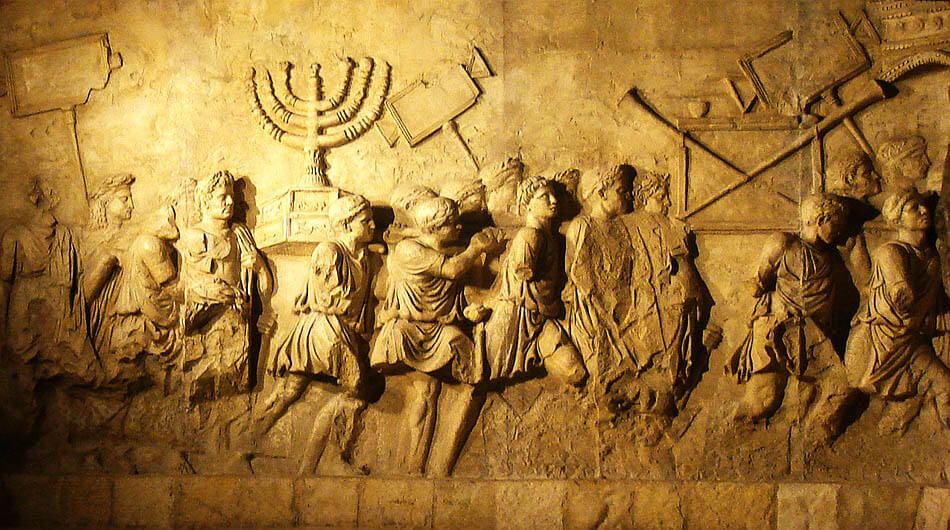
Leave a Reply
You must be logged in to post a comment.